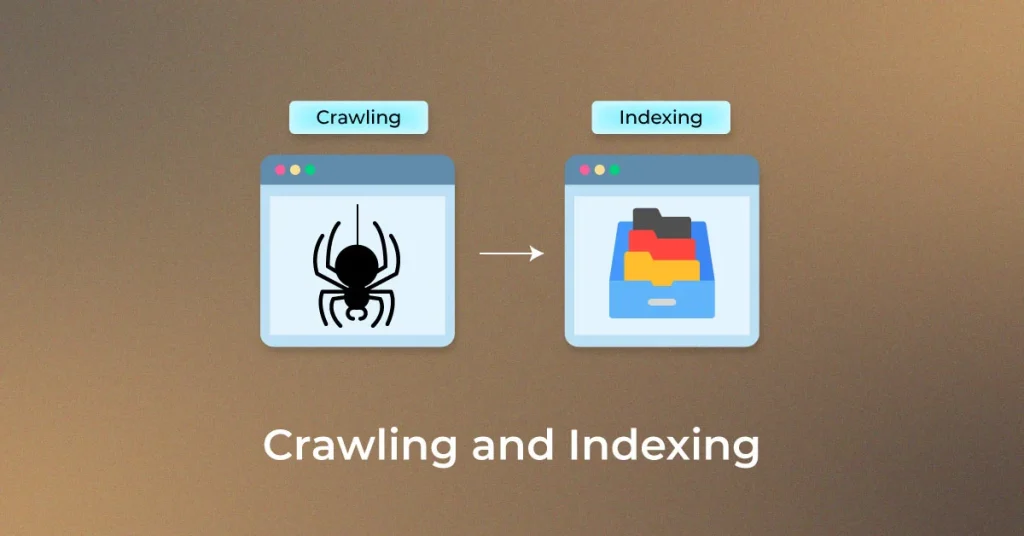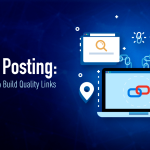Understanding Web Crawling
Web crawling is the first step in the data retrieval process executed by search engines. A web crawler, also known as a spider or bot, scans the internet to discover and revisit web pages. This process involves accessing web pages, reading them, and following links to other pages on the site or to other websites. Crawling is foundational because it gathers the raw data that search engines will later process and index.
Web crawling initiates with a list of web addresses from past crawls and sitemaps provided by websites. As crawlers visit these URLs, they use the links contained within the pages to discover new pages. This link-following process is pivotal for the discovery of new content and updates, including new websites, changes to existing pages, and dead links. The efficiency of a crawler lies in its ability to prioritize which pages to visit next based on a site’s structure and the richness of its link network.
To enhance crawling efficiency, search engines employ algorithms that determine the frequency of visits to web pages. Factors influencing these decisions include the page’s change frequency, the addition of new content, and the occurrence of broken links. This strategic approach helps crawlers manage their workload and ensures up-to-date information is available for indexing. Moreover, crawling efficiency is pivotal for SEO indexing, as it impacts how quickly content can appear in search results.
The Process of Indexing
Indexing starts when the crawler sends the data it collects to a database, where it is stored and organized. This involves analyzing the content of a page, understanding its contexts, and storing it in a way that facilitates fast and accurate retrieval. Keywords, backlinks, and site structure play significant roles in this process. For instance, an effective backlink indexer can significantly enhance the relevance and authority of a page within the index.
The indexing process also involves the evaluation of site quality and relevance. Search engines use complex algorithms to determine where a page should appear in search results based on the indexed information. Techniques such as website indexing or site indexing are used to optimize the visibility and searchability of a page. Additionally, elements like mobile compatibility and page load speed are evaluated during indexing, influencing a site’s ranking in search results.
Advanced indexing features include the ability to index dynamic content and non-textual elements like images and videos. The sophistication of indexing algorithms has grown to accommodate the diverse formats of content found online. Effective SEO strategies often incorporate tactics to ensure that all content types are indexed correctly, enhancing a site’s visibility across multiple search platforms.
Importance of Backlinks in Crawling and Indexing
Backlinks are crucial to SEO strategies because they are significant signals used by search engines to determine the quality of a website. They impact both the crawling and indexing processes by directing crawlers to new sites and influencing the authority of indexed content.
A backlink from a reputable site acts as a vote of confidence, signaling to search engines that the content is of high quality. This influence is critical in the indexing process, where search engines determine the relevancy and authority of pages. A robust backlink indexer can amplify a site’s presence in search results by enhancing its perceived value.
For effective crawling, search engines prioritize websites with high-quality backlinks, often visiting these sites more frequently. This strategy ensures that valuable content does not remain in obscurity. Additionally, backlinks help in discovering new content that might not be found through traditional crawling methods, acting as bridges to previously unexplored pages.
The building and maintenance of backlinks require strategic planning. Techniques like backlinks builder programs aim to increase the number and quality of inbound links to a site. By ensuring that these backlinks are relevant and from reputable sources, websites can significantly improve their indexing potential and, by extension, their SEO rankings.
The Impact of SEO Indexing on Search Visibility
SEO indexing is a targeted approach within the broader indexing process that focuses on optimizing web pages to improve their search engine rankings. This involves ensuring that a website and its content are fully understood and favorably considered by search engines during indexing.
Effective SEO indexing involves using specific strategies that cater to the algorithms of search engines. This includes optimizing keyword usage, ensuring mobile responsiveness, and improving site speed. Each of these factors plays a crucial role in how a website indexer processes and ranks a site’s content.
Another key aspect of SEO indexing is the implementation of structured data and metadata. These elements help search engines to better understand and index content, which can lead to improved visibility in search results. Techniques such as adding schema markup to web pages make it easier for search engines to categorize and index information more effectively.
Continuous monitoring and updating of SEO strategies are essential for maintaining search visibility. The dynamic nature of search algorithms means that what works today may not be as effective tomorrow. Staying informed about the latest SEO practices and adjusting strategies accordingly is crucial for keeping a site visible and relevant.
Future Trends in Crawling and Indexing
One significant trend is the increasing use of AI in the crawling and indexing processes. AI can help to better predict user behavior and preferences, leading to more personalized search results. As AI becomes more sophisticated, it can also improve the efficiency of crawling by predicting which pages are most likely to have changed or contain valuable information.
Another emerging trend is the integration of voice search and natural language processing capabilities in search engines. This development is changing how content needs to be crawled and indexed, with a greater focus on conversational keywords and phrases. As voice searches become more common, the ability to index spoken language patterns will become increasingly important.
The growing importance of privacy and data security is also influencing crawling and indexing practices. Search engines are beginning to adapt to these concerns by modifying how they crawl and index personal data. This change is likely to impact the strategies that SEO professionals use to optimize websites.
Conclusion
Understanding the differences between crawling and indexing is essential for anyone involved in SEO and web management. While both processes are closely linked, they serve distinct functions in the ecosystem of search engines. Crawling is about discovering and revisiting content, while indexing is about organizing that content in a way that makes it accessible and relevant to user searches. By leveraging the insights and strategies discussed in this article, businesses and individuals can enhance their online presence, ensuring their content is visible and effectively indexed by search engines. As technologies evolve, staying abreast of these changes will be crucial for continued SEO success.






